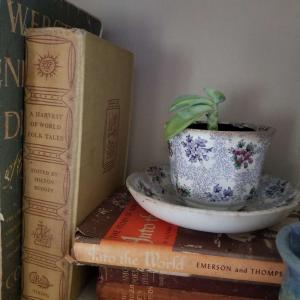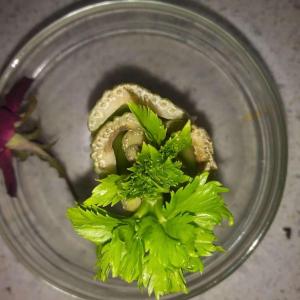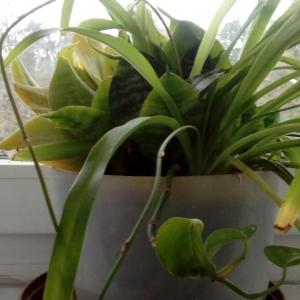求助
Broccoli Chuah
2017年12月05日

Anyone knows the name of this plant? Thankyou.


0
0
Broccoli Chuah:Thankyou!
Aki:Italian basil
求助
kimberly
2017年12月04日
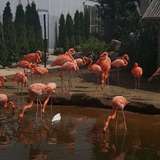
Does anyone know what this yellow white thingy is? And what to do with it, this is the second plant I find this in
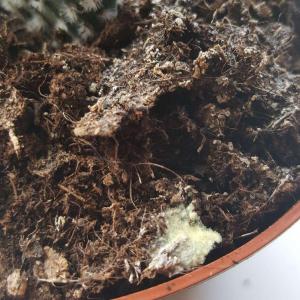
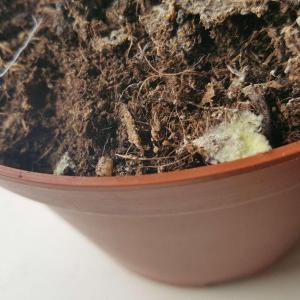


0
0
☆MintyHorizons☆:Honey, that is definitely a type of mold. Switch to a less dense organic soil or pots with bigger drains. And try for more sunlight.
kimberly:@WHdeckgardener alright I hope so, thanks!
WHdeckgardener:looks like mold. organic soil, harmless most likely
成长记
Melanie Wiltshire
2017年12月03日

I now added "prayer plant (maranta leuconeura)" in my "garden"


1
0
求助
Nathaniel Ziering
2017年12月02日

What kind of plant is this? I forgot what I purchased (again); believe was doing better with indirect sunlight but looking for species confirmation.
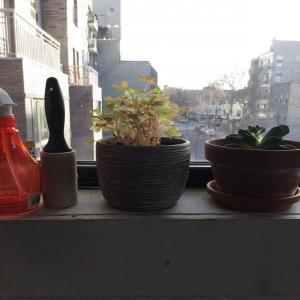
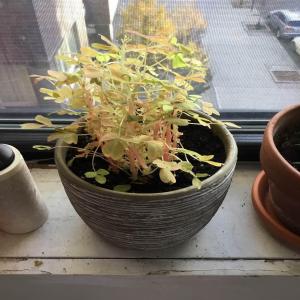


0
0
sunnyzou:Oxalis corniculata
文章
Miss Chen
2017年12月01日

Cow fields, meadows and pastures are often home to significant numbers of mushrooms, both poisonous and edible. These open areas are full of decaying plant matter and animal manure, and provide a welcome habitat for fungus. However, toxic mushrooms can look very similar and grow very close to edible specimens. Knowing how to identify the most common field mushrooms can help mushroom hunters improve their chances of picking only safe specimens.

Agarics
Meadows produce a number of large, white mushrooms that are close relatives of the common button mushroom seen in supermarkets. Agarics found in cattle fields and pastures include Agaricus campestris (meadow mushroom), Agaricus andrewii (false meadow mushroom), Agraicus bisporus (button mushroom) and Agaricus arvensus (horse mushroom). These mushrooms are all large, white, and have purple to brown gills with a sweet, mild flavor and a dark brown spore print.
Amanitas
Amanita mushrooms look significantly like agarics and often grow in very similar habitats; however, these large white toadstools are toxic. They include Amanita phalloides (death cap), Amanita virosa (destroying angel) and Amanita bisporogera, as well as several other less-common white mushrooms. They are distinguishable from the agarics by their white or yellowish gills and white spore prints. Consumption of Amanita mushrooms can cause gastrointestinal problems including nausea and vomiting, and can even lead to death.
Psilocybins
Sometimes called "magic mushrooms," these poisonous fungi contain psychoactive compounds that can cause hallucinations. Several psilocybin mushrooms grow in pastures, including Psilocybe baseocystis (potent psilocybe), Psilocybe caerulipes (blue-foot psilocybe) and Psilocybe cubensis (common large psilocybe). These mushrooms appear as small brown toadstools, often in clusters or "fairy rings." Many species bruise or age to a bluish color. These mushrooms are sometimes picked for use as drugs, but their sale and use are illegal in the United States.
Puffballs
Puffballs are roughly globe-shaped fungi commonly found on lawns, infields and in lightly wooded areas. The most readily identifiable is Langermannia gigantea (giant puffball), an edible variety that can grow as large as a soccer ball. This mushroom is a smooth, white ball or ovoid with a leathery skin and a clear white interior. Purple-spored and skull-shaped puffballs are also edible, but some smaller species, such as Scleroderma citrinum (pigskin poison puffball) are toxic. Young Amanita species like the destroying angel may also be mistaken for puffball mushrooms.

Agarics
Meadows produce a number of large, white mushrooms that are close relatives of the common button mushroom seen in supermarkets. Agarics found in cattle fields and pastures include Agaricus campestris (meadow mushroom), Agaricus andrewii (false meadow mushroom), Agraicus bisporus (button mushroom) and Agaricus arvensus (horse mushroom). These mushrooms are all large, white, and have purple to brown gills with a sweet, mild flavor and a dark brown spore print.
Amanitas
Amanita mushrooms look significantly like agarics and often grow in very similar habitats; however, these large white toadstools are toxic. They include Amanita phalloides (death cap), Amanita virosa (destroying angel) and Amanita bisporogera, as well as several other less-common white mushrooms. They are distinguishable from the agarics by their white or yellowish gills and white spore prints. Consumption of Amanita mushrooms can cause gastrointestinal problems including nausea and vomiting, and can even lead to death.
Psilocybins
Sometimes called "magic mushrooms," these poisonous fungi contain psychoactive compounds that can cause hallucinations. Several psilocybin mushrooms grow in pastures, including Psilocybe baseocystis (potent psilocybe), Psilocybe caerulipes (blue-foot psilocybe) and Psilocybe cubensis (common large psilocybe). These mushrooms appear as small brown toadstools, often in clusters or "fairy rings." Many species bruise or age to a bluish color. These mushrooms are sometimes picked for use as drugs, but their sale and use are illegal in the United States.
Puffballs
Puffballs are roughly globe-shaped fungi commonly found on lawns, infields and in lightly wooded areas. The most readily identifiable is Langermannia gigantea (giant puffball), an edible variety that can grow as large as a soccer ball. This mushroom is a smooth, white ball or ovoid with a leathery skin and a clear white interior. Purple-spored and skull-shaped puffballs are also edible, but some smaller species, such as Scleroderma citrinum (pigskin poison puffball) are toxic. Young Amanita species like the destroying angel may also be mistaken for puffball mushrooms.
0
0
Nathaniel Ziering
2017年11月30日

Terrarium made this week with partially dried out and ignored airplants (sorry guys).
Remaining bamboo and pebbles from corner shop bodega plant dead for at least 2 yrs, and sand bought for an aquarium I never set up (also acting as “terrarium”).
Tray from existing stash. Added for color and framing, not function.
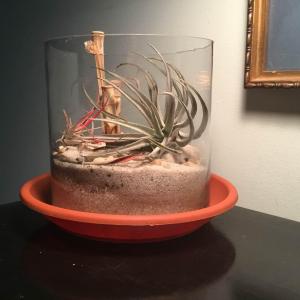
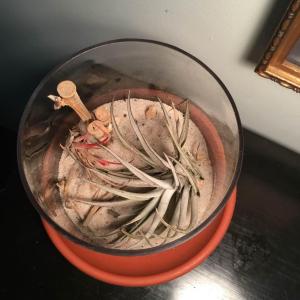
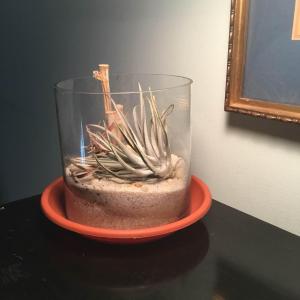
Remaining bamboo and pebbles from corner shop bodega plant dead for at least 2 yrs, and sand bought for an aquarium I never set up (also acting as “terrarium”).
Tray from existing stash. Added for color and framing, not function.



2
0




